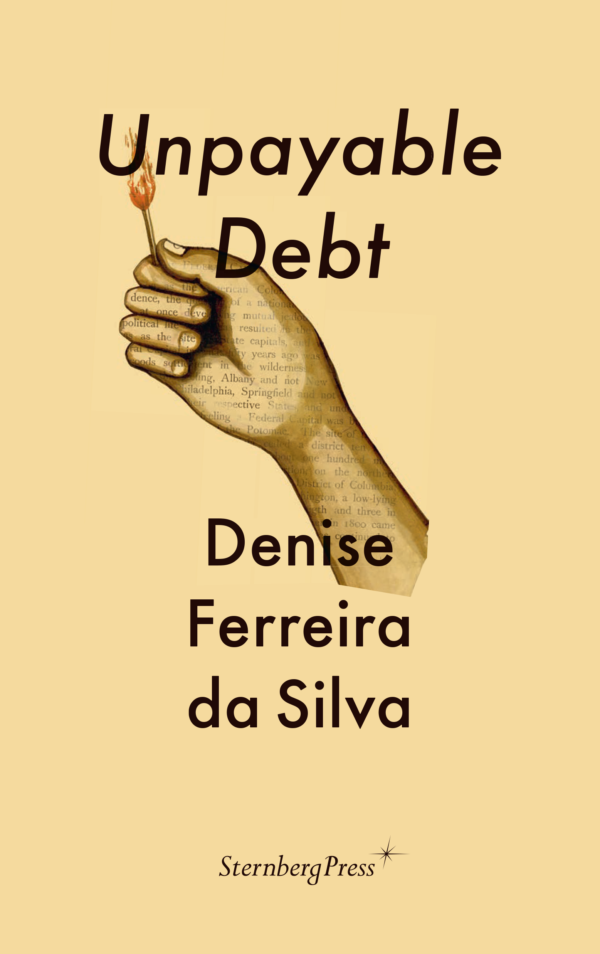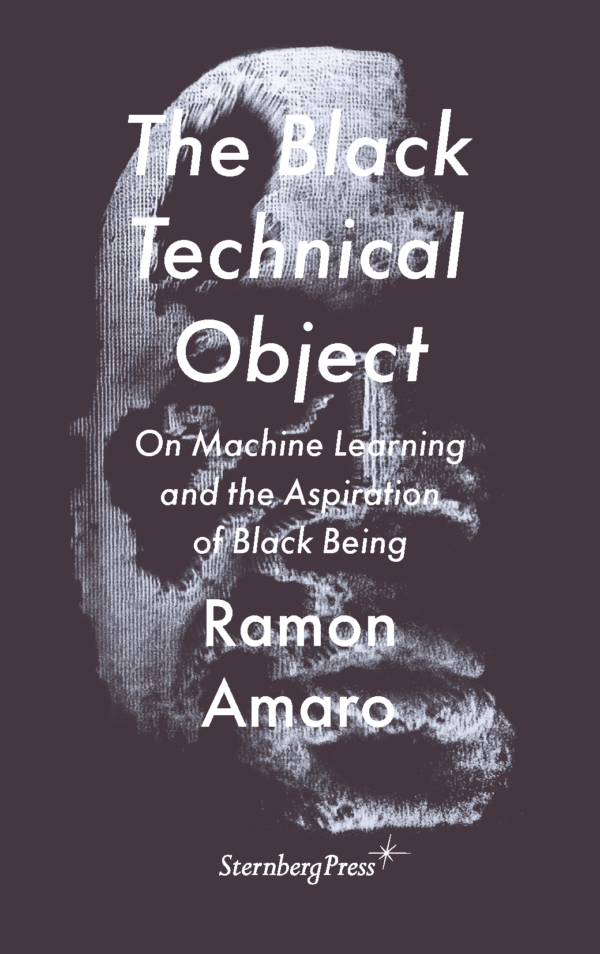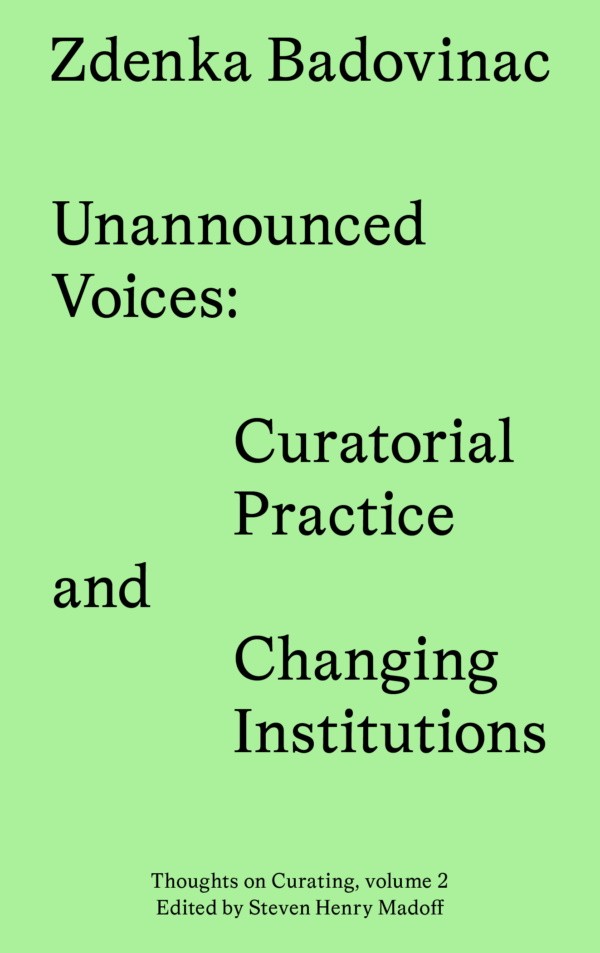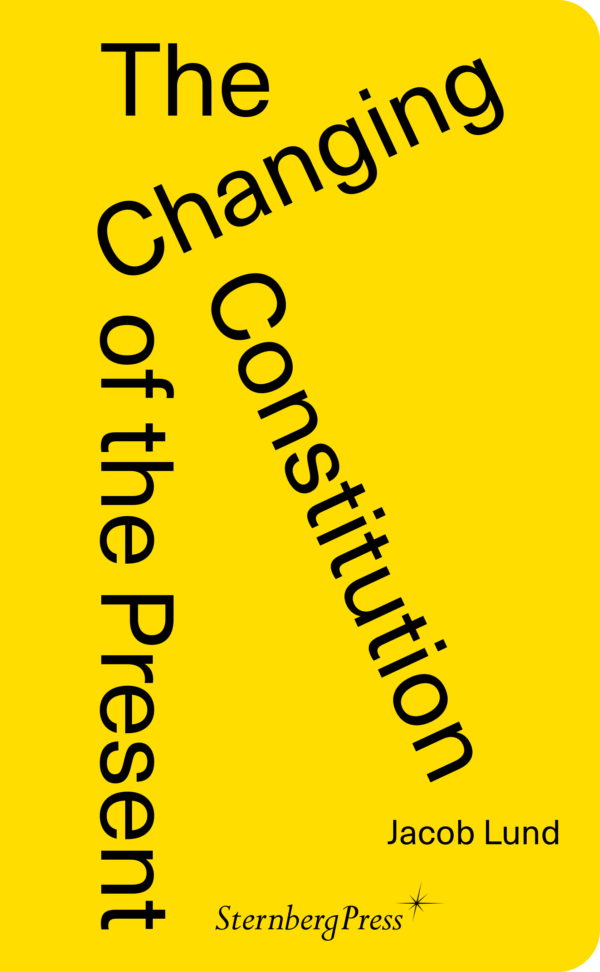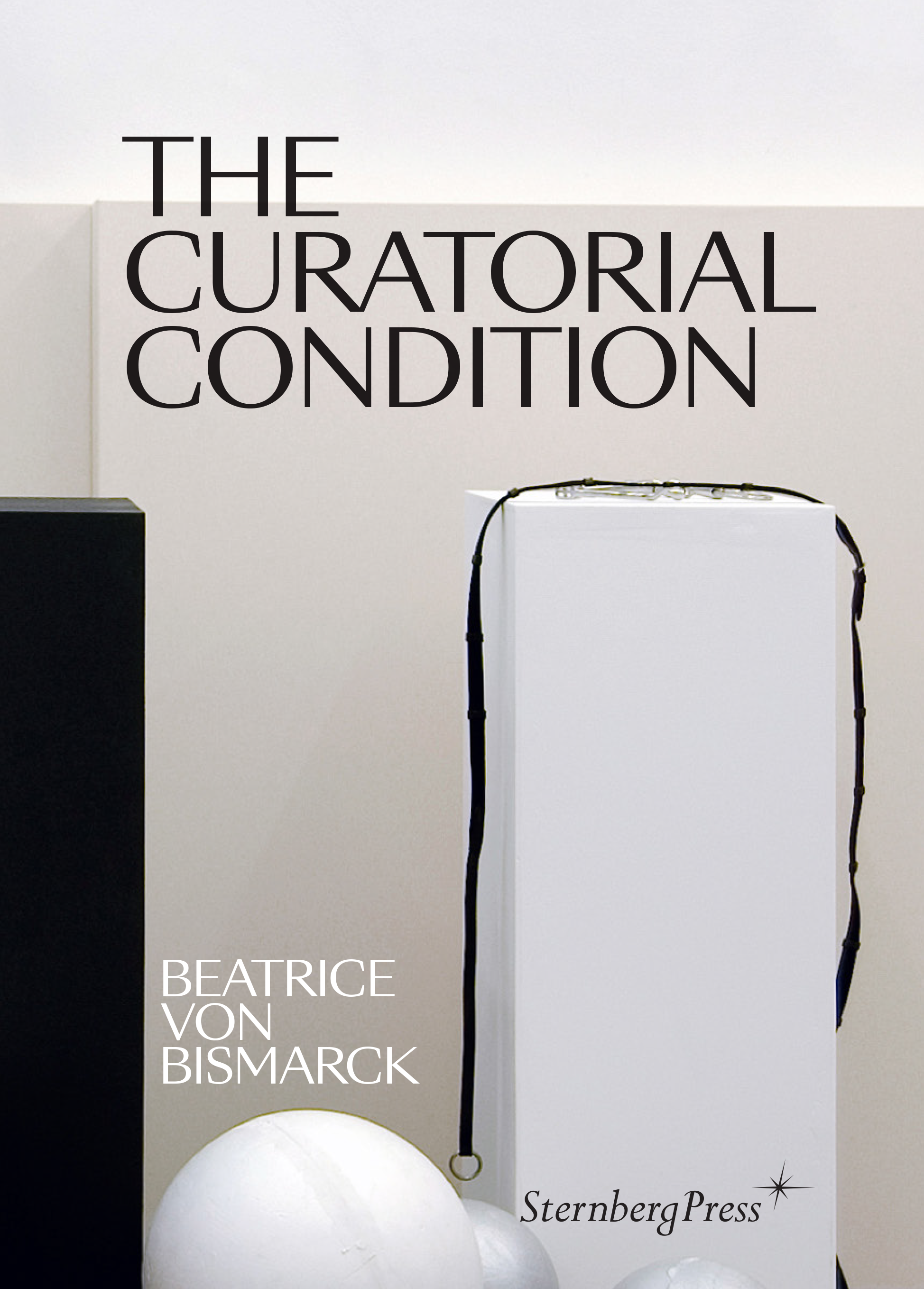Your cart is currently empty.
Cart
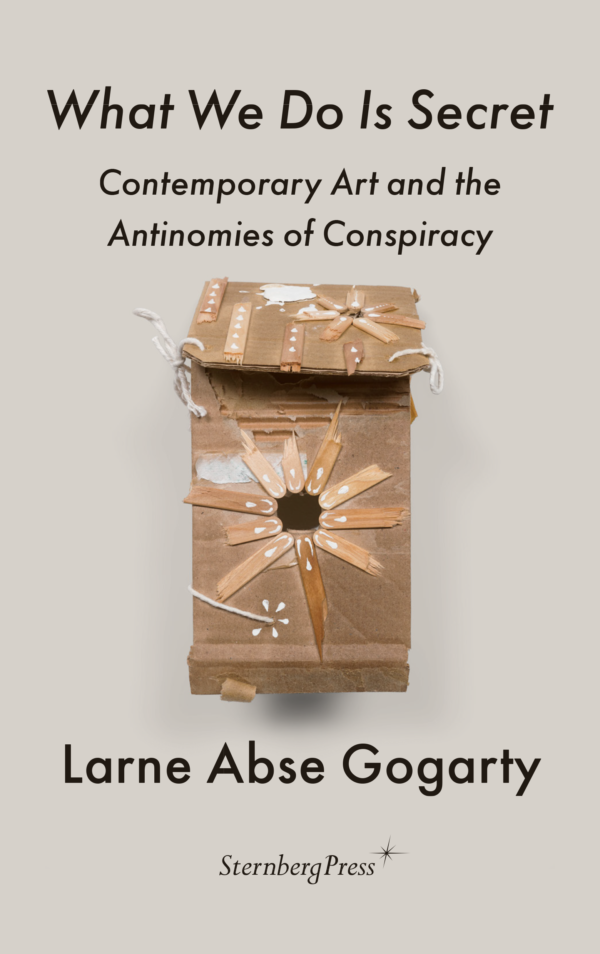
What We Do Is Secret
Contemporary Art and the Antinomies of Conspiracy
Foreword by Hannah Black
Written in the wake of the far-right populist turn in Europe, the US, and beyond, What We Do Is Secret addresses aesthetic and intellectual affinities between recent art and conspiracy, proposing a theory of conspiracy that is not primarily concerned with conspiracy theory. This inquiry takes shape across chapters on the politics of post-internet art aesthetics; the sublime and possessive individualism in recent “critical” art; Cady Noland’s security fences, and silkscreens of the Symbionese Liberation Army; and mutuality, secrecy, and improvisation in the work of Ima-Abasi Okon. Larne Abse Gogarty discusses the relationship between culture and contemporary politics, following on from David Lloyd’s proposition that through its compensatory qualities, the aesthetic sphere naturalizes forms of life lived under the rule of property. What kind of art can work against this? Can art exist as a conspiracy capable of corroding that rule?
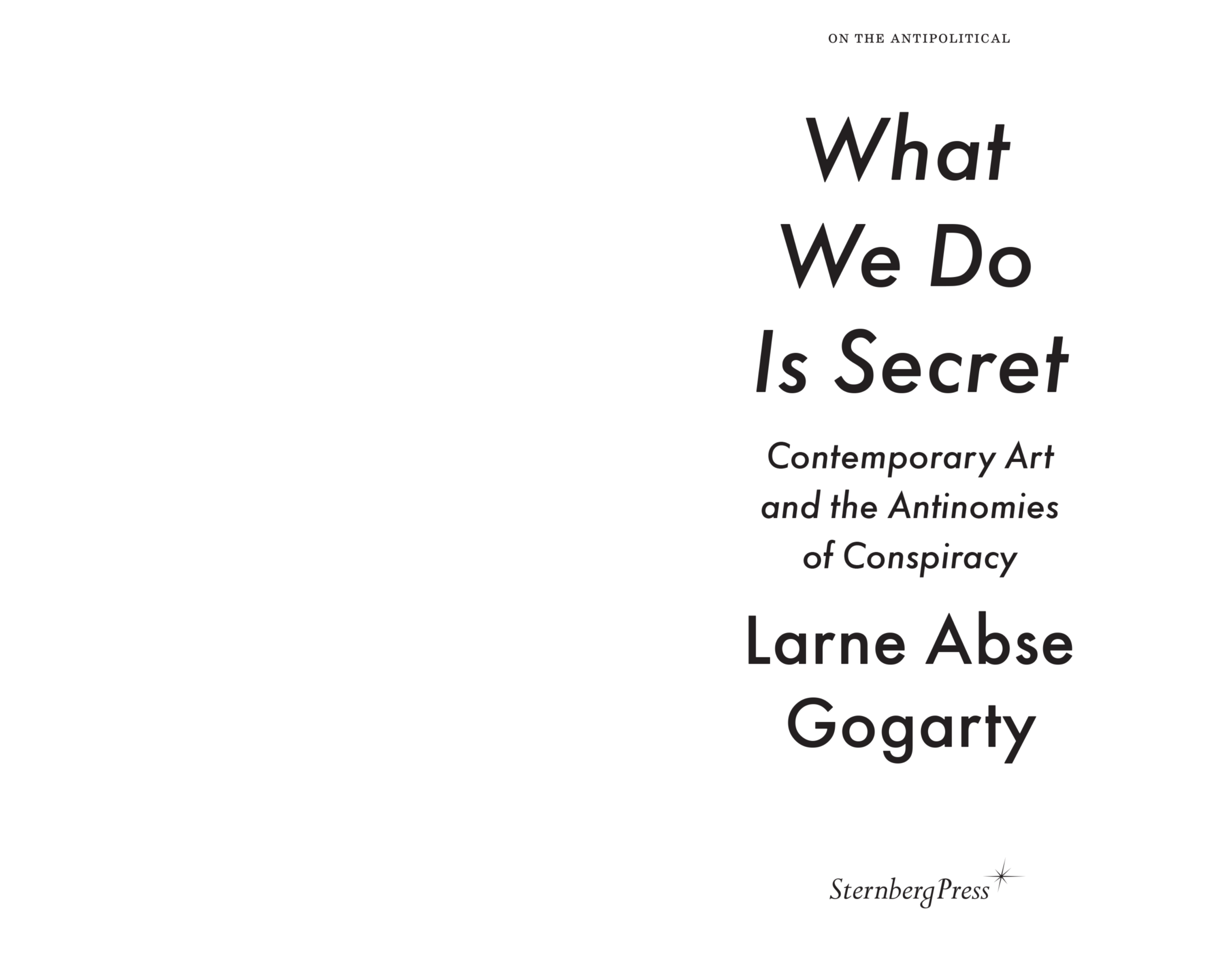
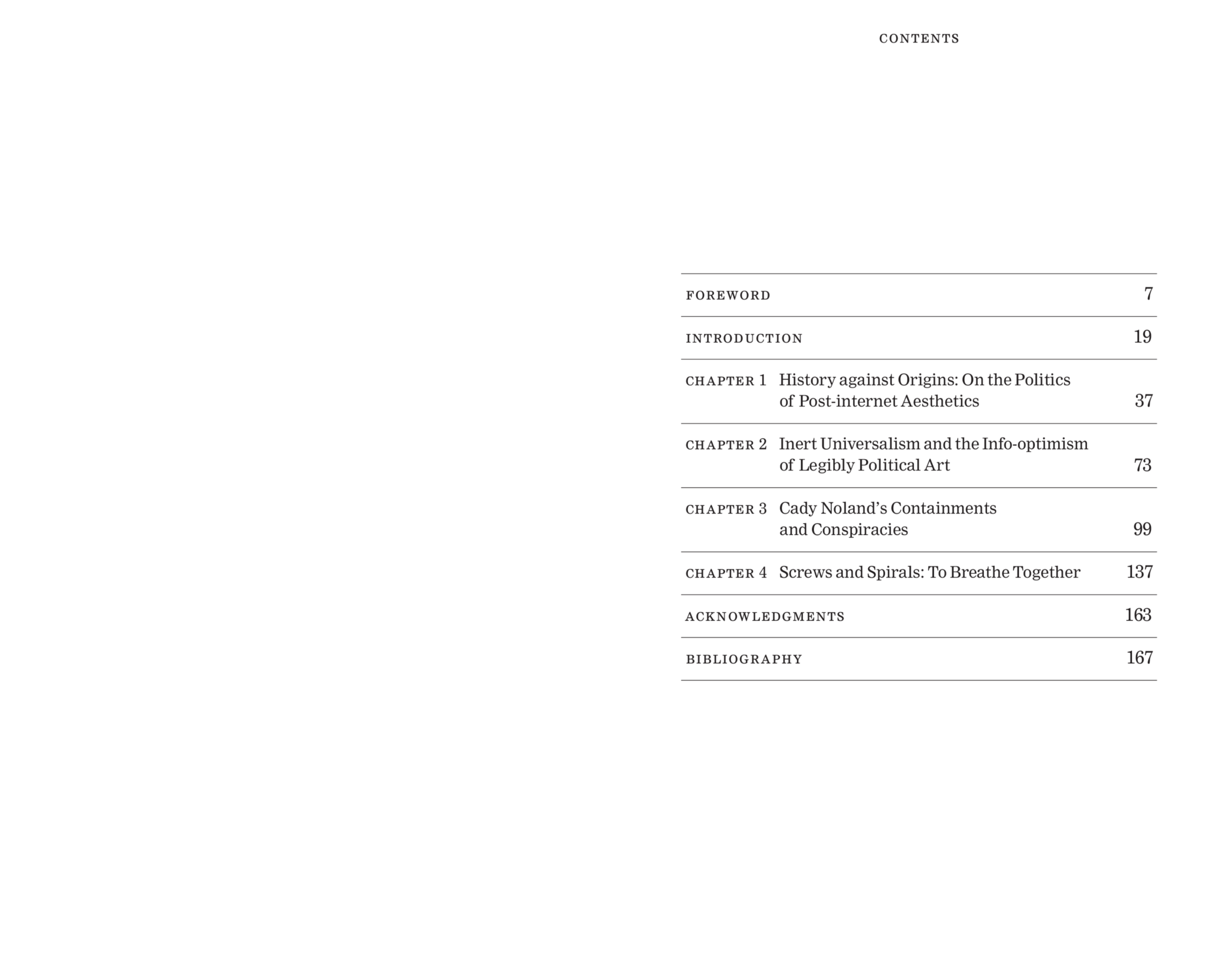
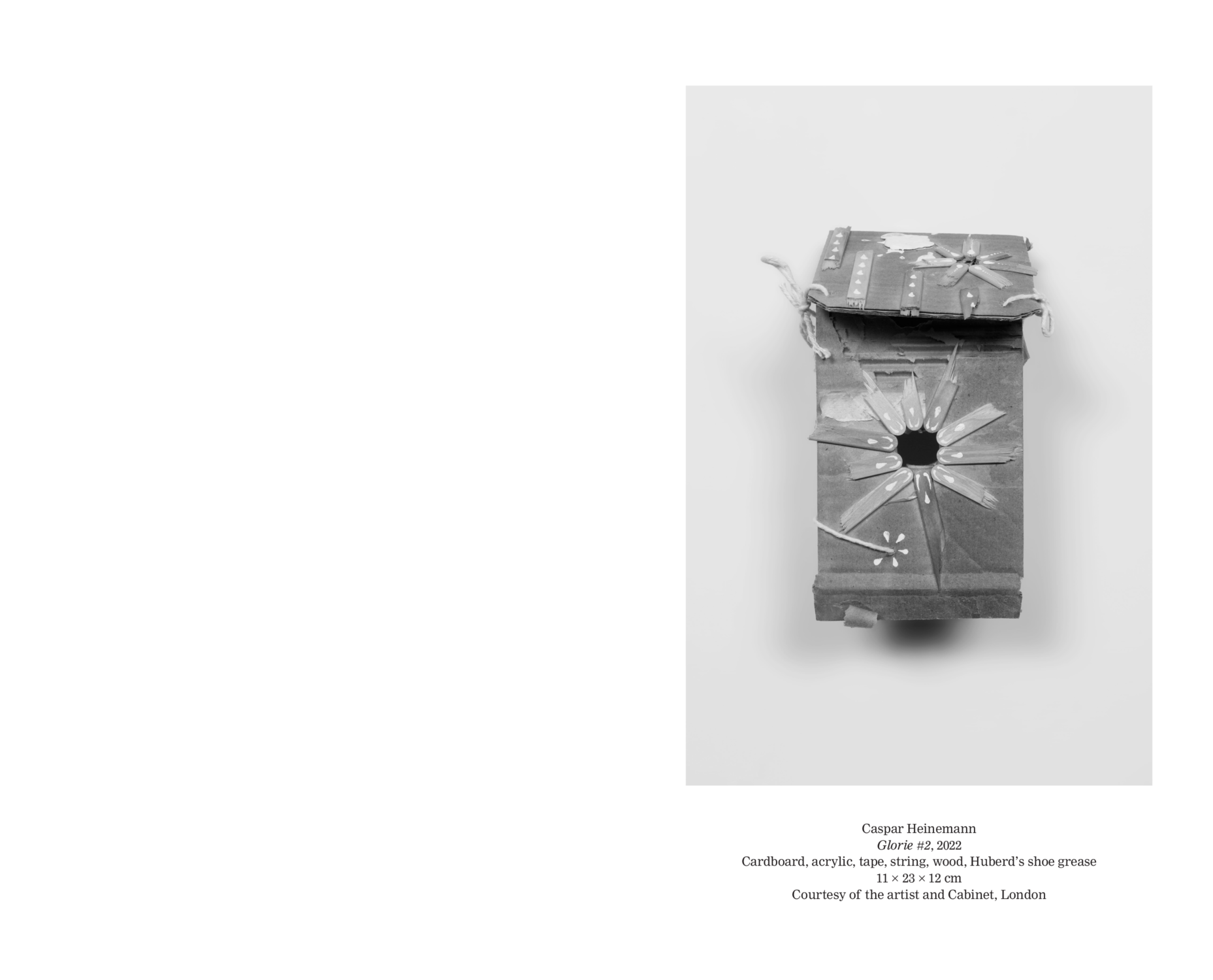
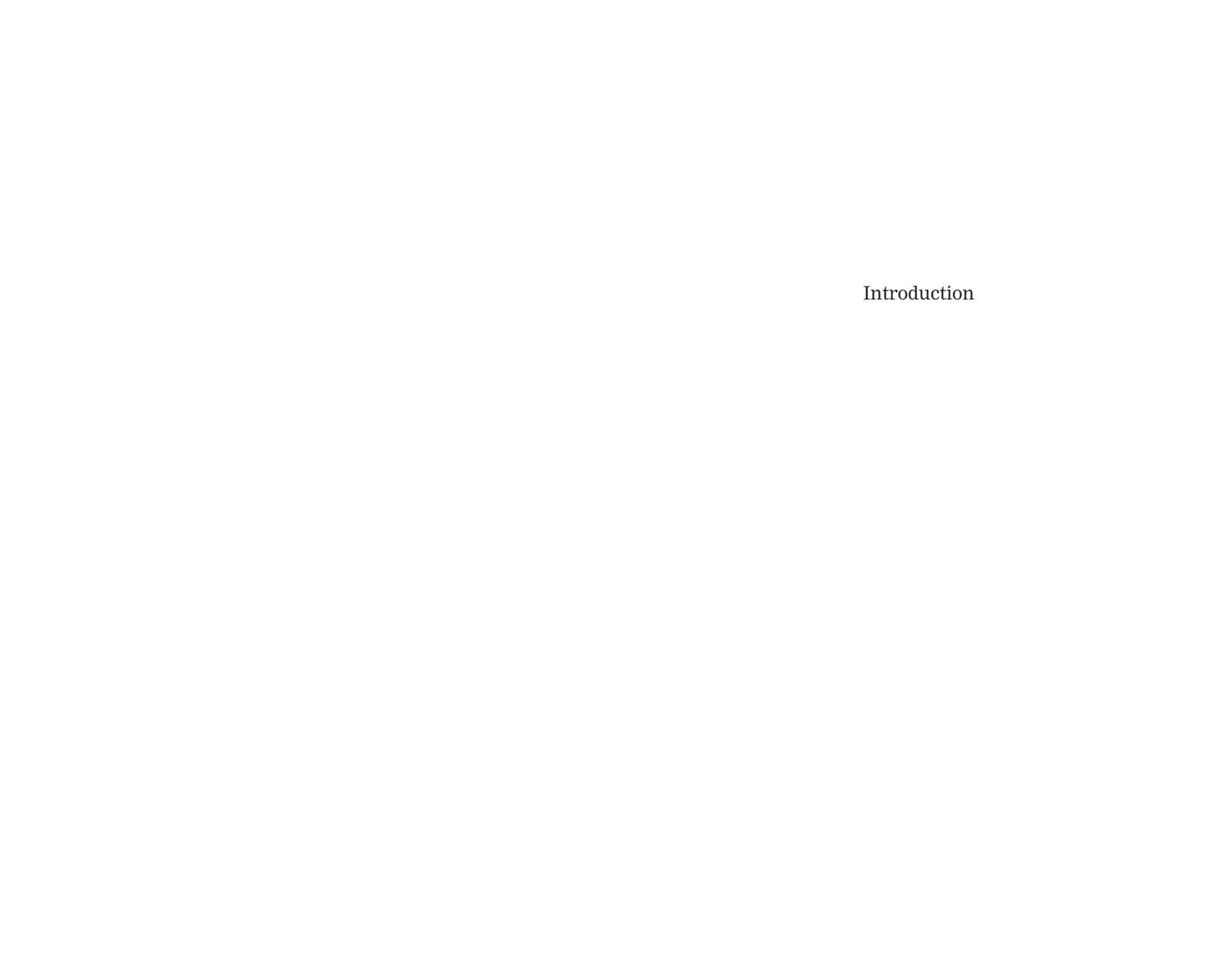
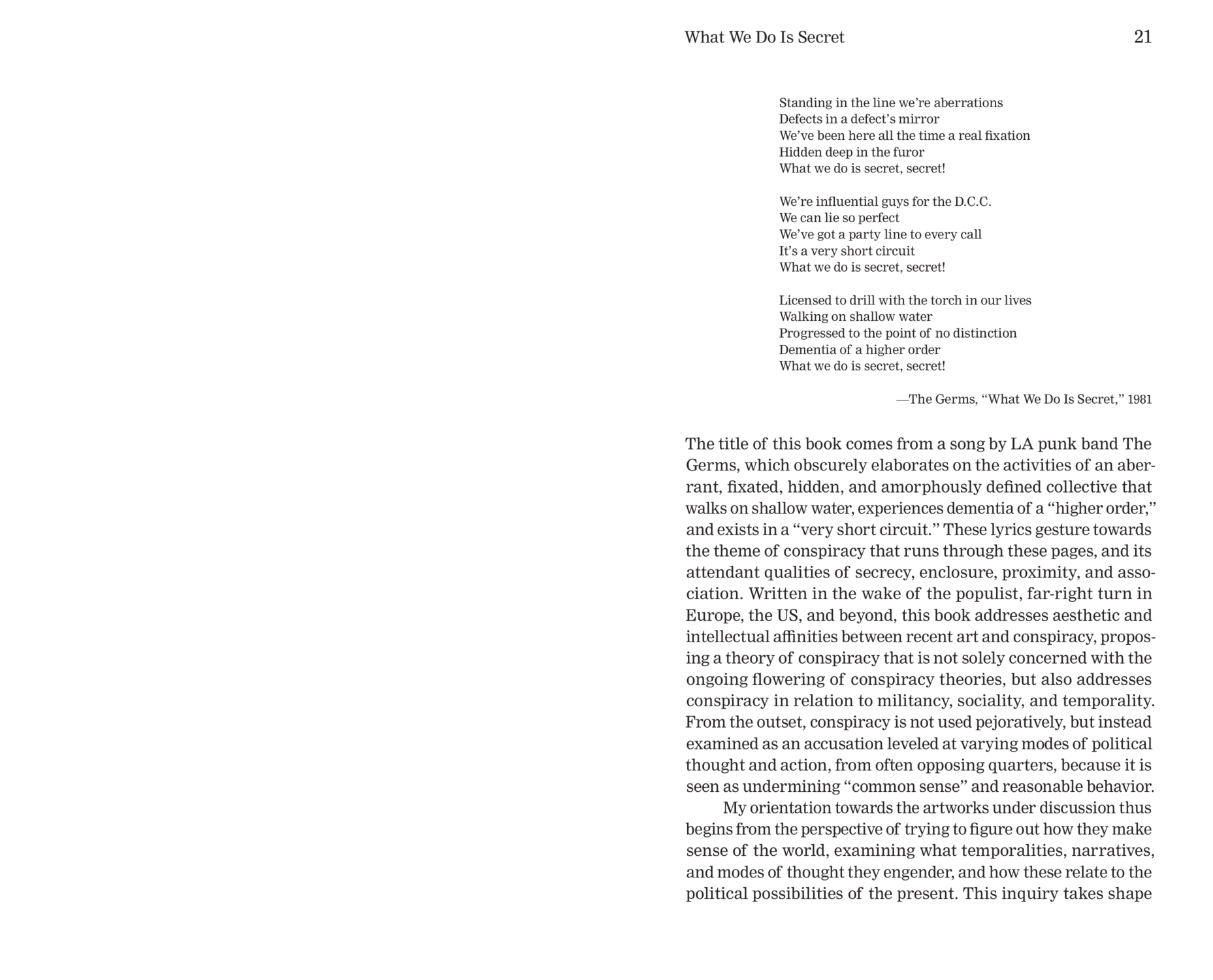
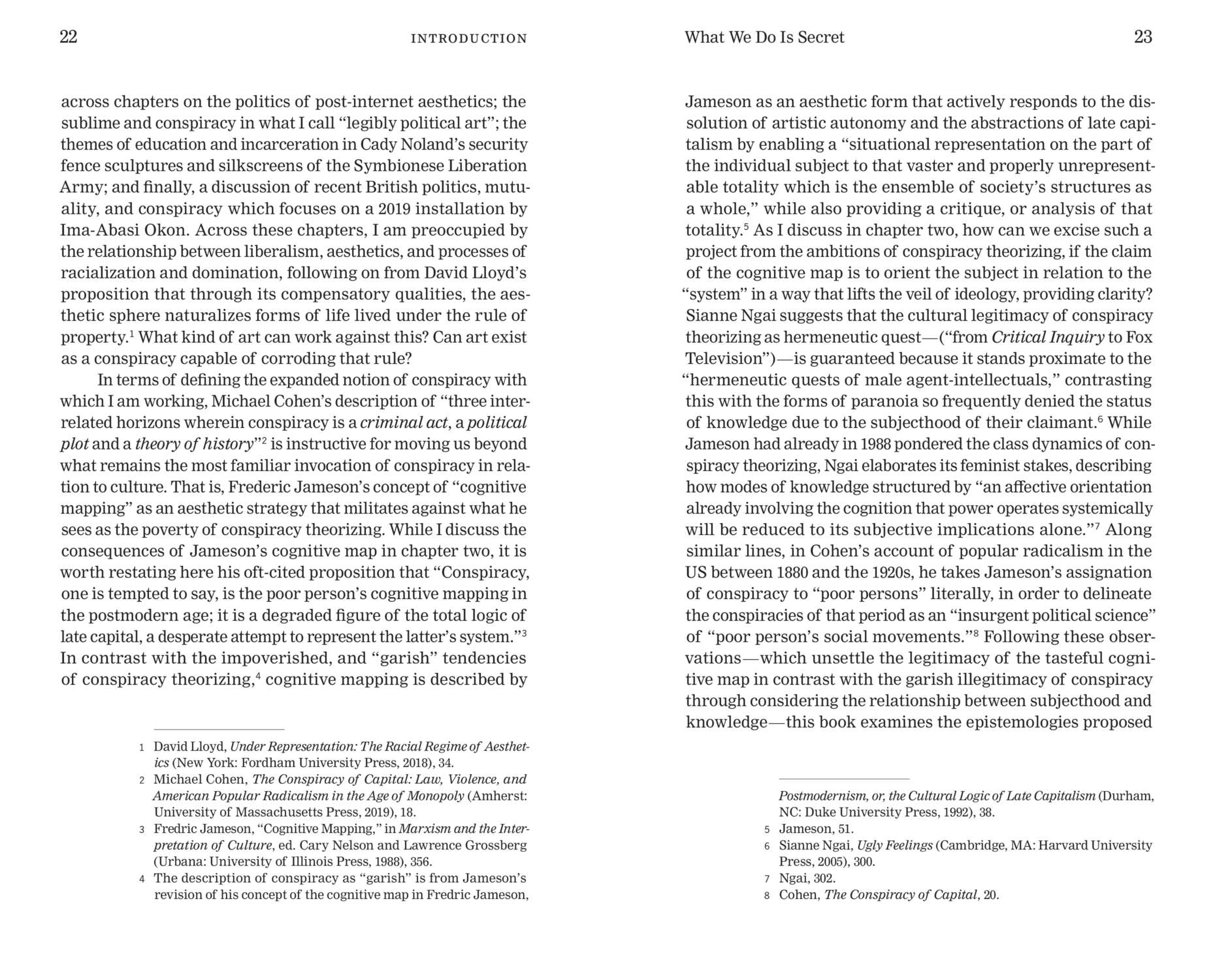
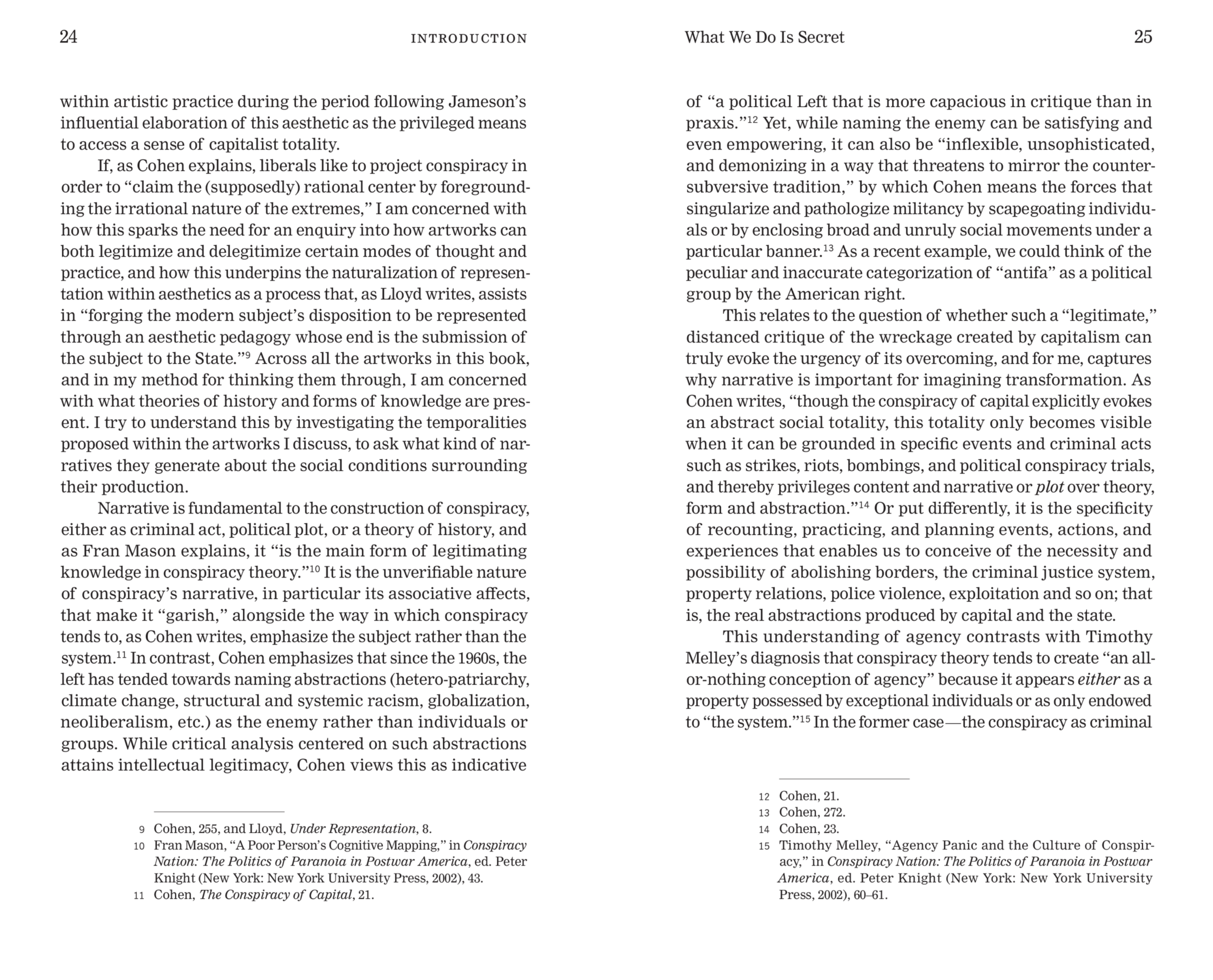
“With stunning precision, Larne Abse Gogarty skewers the fallacies of flatly nihilistic fact-shoveling, post-internet, post- everything art, which preens about its capacity to lift a curtain on secret world workings using repurposed enemy tools. Tossing overboard the faux radicals as revamped liberals dealing in the already known, the author offers versions of a real beauty in art and critique in that which orients towards unmasking links in the chains of oppression. Prizing unruly associations, the book moves its thinking in spirals, drawing into one breath, which is a blow, the inner core of conspiracy and inspiration, consciousness and insurrection.”
— Esther Leslie, Professor of Political Aesthetics, Birkbeck, University of London
“In a time of rampant conspiracy theories and actual criminal conspirators in power, what do we make of the conspiracy as a practice conceived from below? Across trenchant analyses that range from the contemporary resurfacing of fascist aesthetics to the radical work of artists including Cady Noland and Ima-Abasi Okon, Larne Abse Gogarty gives reason to believe that art can again be a space of insurgent interventions rather than one of liberal reconciliation.”
— David Lloyd, Distinguished Professor of English, University of California, Riverside, and author of Under Representation: The Racial Regime of the Aesthetic
